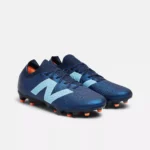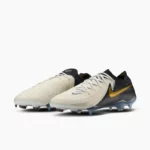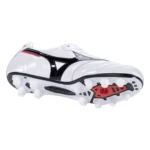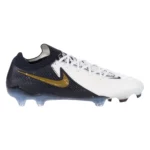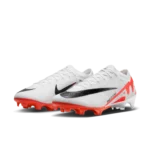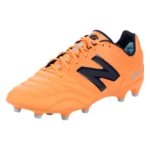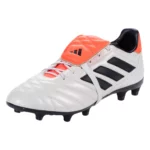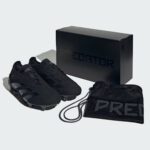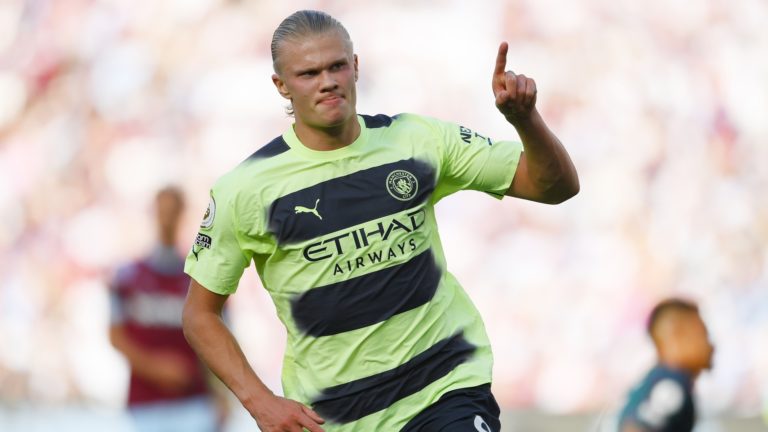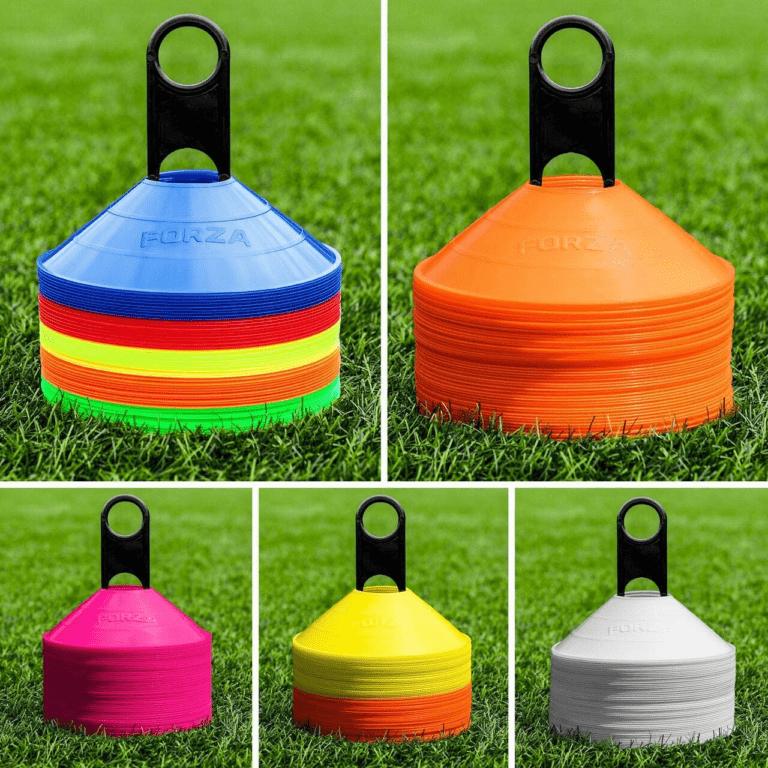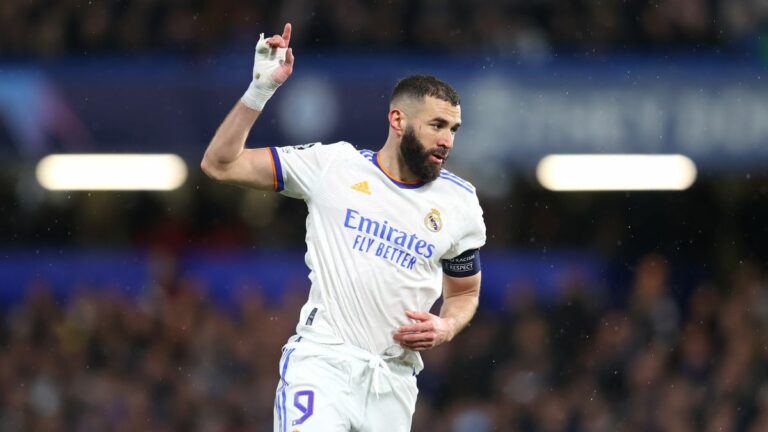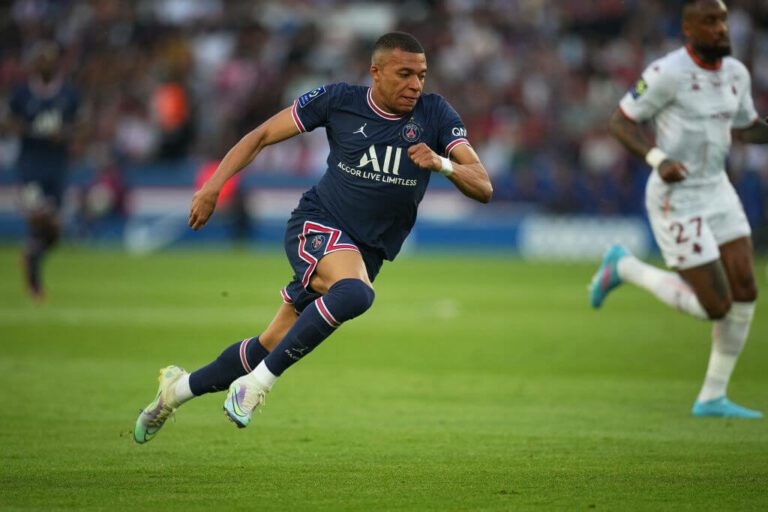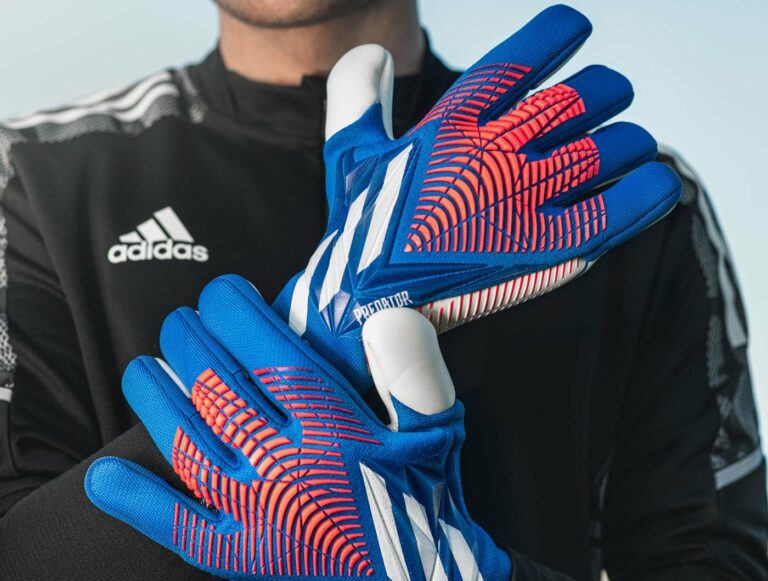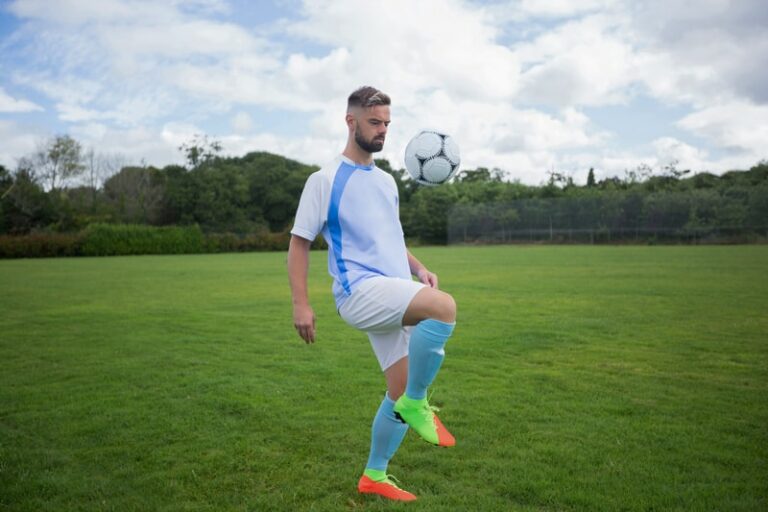The 10 Best Leg Exercises for Soccer Players
Getting Stronger Legs for Soccer
Soccer is a physically demanding sport. To be successful, players need to be strong and resilient. That’s why it’s important for soccer players to include leg exercises in their training routine. In this article, we will discuss the 10 best leg exercises for soccer players. These exercises will help players build strength and stability, which are essential for playing well on the field. Additionally, these exercises can help protect players from injury. So if you’re looking to improve your performance on the field, make sure to incorporate these exercises into your workout! I’ve used all of these exercises in developing my strength and athleticism for soccer.
If you want more information on the benefits of weight training for soccer players, check out the following article where we go more in depth on the topic. In this list, we’ve included exercises that can be performed both at home and at the gym (depending on the equipment you have available).
1. Deadlifts

Deadlifts are a great exercise for soccer players because they’re a major compound exercise that trains multiple muscle groups. The deadlift places emphasis on the hamstrings and glutes. They also require a lot of coordination and balance, which are a requirement for improving your game.
To do a deadlift, stand with your feet shoulder-width apart and your knees slightly bent. Bend forward at the hips and grasp the barbell with an overhand grip, keeping your back straight. Slowly lift the barbell until you’re standing upright, then lower it back down to the starting position. Start with a light weight and increase the amount of weight as you get stronger. Check out the following video for tips on performing the deadlift safely.
2. Front Squats

Front Squats are another great exercise for developing leg strength and power. The movement recruits all of the major muscles in the lower body, including the quads, glutes, and hamstrings. The front squat also helps promote abdominal strength and good posture.
When performing Front Squats, it is important to keep your torso upright and avoid rounding your back. This will help to engage your core muscles and prevent injury. Start by holding a barbell across your shoulders with your hands shoulder-width apart. Squat down as far your range of motion comfortably allows, then drive through your heels to stand back up. As you become more comfortable with the movement, you can add weight or increase the number of reps.
3. Back Squats

Back Squats are another great leg exercise for building lower body strength. They target the quadriceps, with a greater emphasis on glutes compared to front squats. These are all key muscles for sprinting, jumping and change of direction. Furthermore, they also involve the core muscles, which helps to improve stability and balance.
To perform a Back Squat, start with the barbell across the back of your shoulders, feet hip-width apart. From here, lower yourself down into a squat position, keeping your chest up and weight on your heels. Drive through your heels to return to the starting position. Remember to keep your core tight and your chest up with every rep. Back squats must always be performed with good technique in order to avoid injury. The following video has tips for squatting with appropriate form.
4. Dumbbell Lunges
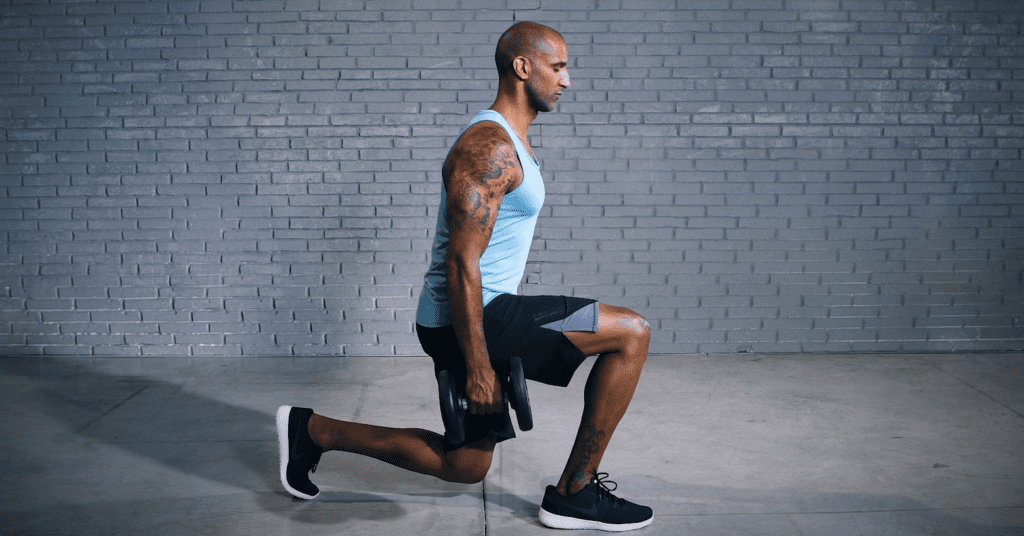
Dumbbell lunges are a great functional exercise to incorporate into your program. The lunge works similar muscles to the squat, such as the quads, hamstrings, glutes, and calves. Lunges also help address strength imbalances and improve stability.
To perform a lunge, stand with your feet shoulder-width apart and take a large step forward with your right leg. Lower your body until your right thigh is parallel to the ground and your right knee is directly over your right ankle. Be sure to keep your left leg straight and your core engaged throughout the movement. To complete the exercise, press through your right heel to return to the starting position. Repeat on the other side. Start with 10 reps on each leg and work up to three sets.
5. Nordic Curls
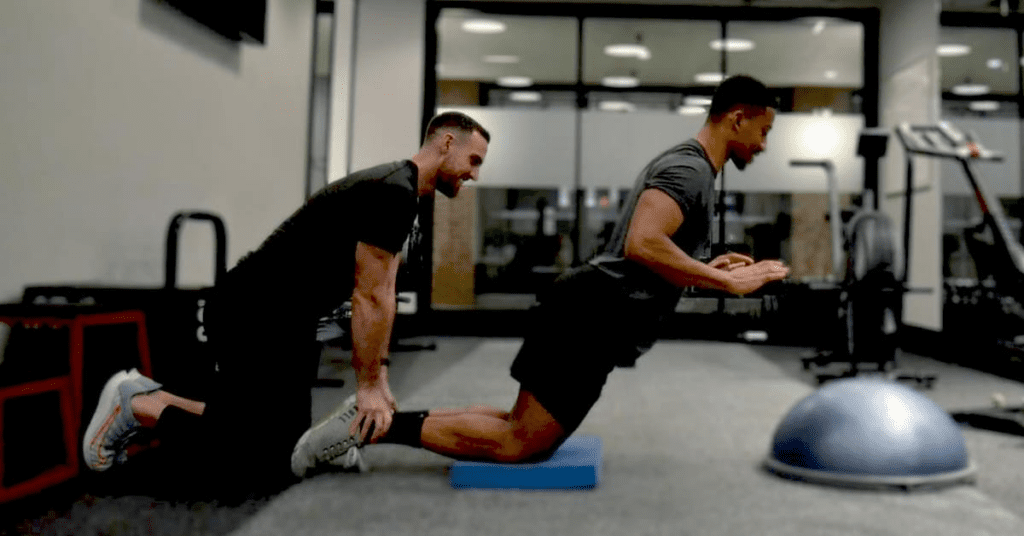
Nordic curls are a great exercise for directly targeting the hamstrings. Hamstrings are the muscles that run along the back of the thigh, and they are key for playing soccer. Strengthening your hamstring can also reduce the likely hood of a hamstring strain while on the field.
Nordic curls are performed by kneeling on a mat or soft surface with the heels of the feet anchored in place. From this position, the body is slowly lowered down until the elbows and forehead touch the ground. The elbows and knees should remain in contact with the ground throughout the entire range of motion. To complete the exercise, the body is then extended back to the starting position. You may need to use your hands for assistance at first, as this is a very challenging exercise. For a more comprehensive tutorial of Nordic curls, check out the following video.
6. Hyperextensions

Hyperextensions are a great hip hinging movement for targeting your glutes. This exercise also targets the hamstrings and lower back. This exercise does require a specific bench, so check to make sure your gym has one.
To perform a hyperextension, start by lying face down on a hyperextension bench with your hips supported. Then, place your feet flat on the footpad. From this position, raise your upper body until your hips and knees are both straight. exhale as you perform this movement and hold for a count of two before slowly lowering back to the starting position. Aim for three sets of 10-12 repetitions. As you get stronger, you can increase the weight by holding a dumbbell or weight plate against your chest.
7. Bulgarian Split Squats

Bulgarian split squats are a great way to build both leg strength and flexibility. In addition to developing your glutes and quads, split squats also help lengthen and strengthen your hip flexors.
To do this exercise, start by placing one foot on an elevated surface behind you. Lower your body down into a lunge position, making sure to keep your front knee over your ankle. From here, press through your front heel to return to the starting position. Repeat for 8-12 reps before switching legs. In addition to building strength, this exercise also helps improve balance and coordination, both of which can be helpful on the soccer field.
8. Romanian Deadlifts

Romanian deadlifts are a useful variation of the deadlift to add to your routine. This exercise focuses on prioritizing hamstring and glute development.
To perform a Romanian deadlift, start by holding a barbell in front of your thighs with an overhand grip. Keeping your back straight, bend at the hips and lower the barbell to just below your knees. Reverse the motion to return to the starting position. Be sure to keep your knees slightly bent throughout the exercise. Start with light weight and gradually increase the amount of weight as you get stronger. Perform 3-5 sets of 8-12 repetitions.
9. Box Jumps

Among the best plyometric leg exercises for soccer players are box jumps. They help to improve lower-body explosiveness and coordination.
The way to perform box jumps is to stand in front of a box or other surface that is about knee-high. Bend your knees and jump up onto the box, landing with both feet firmly planted. Then jump back down to the ground and immediately repeat the jump. It’s important to keep your knees bent on the landings, as this helps to absorb the impact and reduce the risk of injury. Box jumps are a great way to improve your leg strength and power, so give them a try the next time you’re looking for an intense workout.
10. Pistol Squats
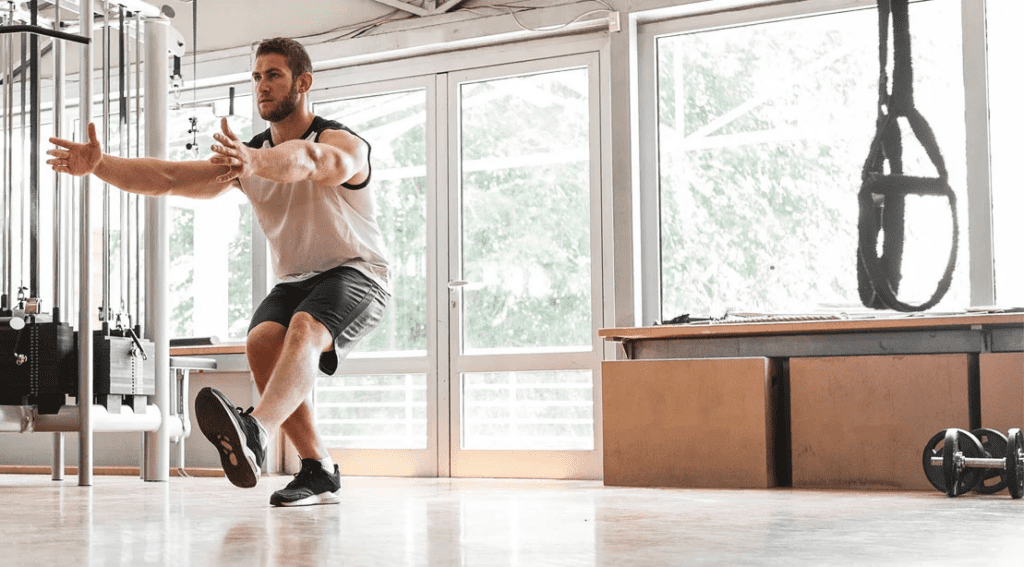
Pistol squats are a challenging single leg exercise to add to your routine. They help build lower body strength, balance, and coordination.
To perform a pistol squat, start by standing on one leg, with the other leg extended straight out in front of you. From here, lower your body down into a squat position, making sure to keep your weight centered over your standing leg. Once you reach the bottom of the squat, push back up to the starting position and repeat. If you find it difficult to balance on one leg, you can hold onto a support such as a chair or pole. However, be sure to challenge yourself and work on building up your balance over time.
There you have it. These are 10 of the best leg exercises to improve your strength for soccer. Remember, doing work in the gym can translate to improvements out on the field. So try and incorporate some of these exercises next time you’re at the gym.
- Most Comfortable Football Boots of 2024
- Nike Phantom GX 2 vs Adidas Predator Elite
- Puma Future 7 Pro – Review
- Mizuno Morelia 2 Elite Review
- Nike Phantom GX 2 Elite Review
- Width Matters: Choosing the Right Football Boots for Your Feet
- Nike Premier 3 vs Copa Gloro vs NB 442 V2 Pro
- The Best Value Adidas Boot – Copa Gloro Review
- Best Predator Ever? – Predator Elite Review

